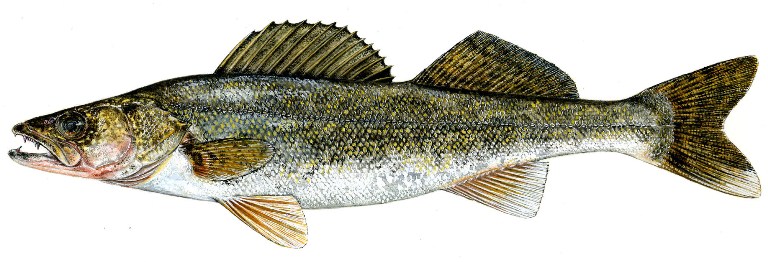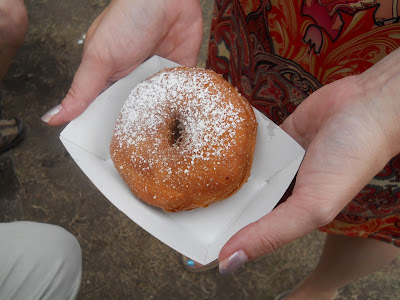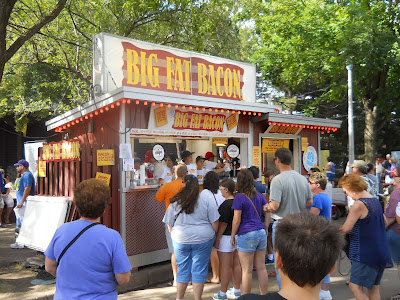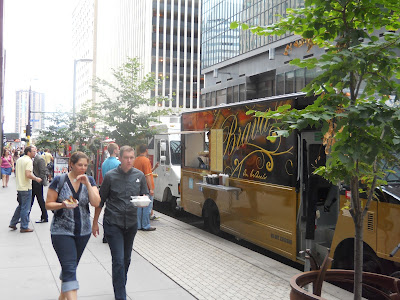Yesterday at 4:44pm Autumn officially arrived. That's the day when there is an equal amount of sunlight and darkness. But it was also apparent by the arrival of cool mornings and pleasant afternoons. Yes, the days of Summer are past for now. And with the change of seasons comes the change in cooking styles. Picnics are now in the rear view mirror and we are beginning to think about meals like chili and stew.
In anticipation of Fall's arrival I made up one of my favorite meals, Shrimp and Crab Imperial Stew. In reality it is more like soup but thick enough to be considered a stew. It's not difficult to prepare and keeps well under refrigeration. Here is the recipe for you to consider as you contemplate your Fall menu:
Shrimp & Crab Imperial Stew
6 slices bacon, chopped salt and pepper to taste
2 large onions, sliced 1 lb large shrimp
1 1/2 quarts chicken stock 1 lb lump crabmeat
2 bags fresh spinach, rinsed and chopped Tabasco sauce to taste
2 tomatoes, chopped assorted chopped fresh herbs
1/2 tsp grated nutmeg
Saute bacon and sliced onion in a large pot for 5 minutes, stirring occasionally. Add stock, spinach, tomatoes, nutmeg, salt and pepper. Bring to a boil, reduce heat and cook for 15 minutes. Add the shrimp and crabmeat and cook gently until shrimp are pink, 6 to 8 minutes. Adjust seasonings and add a few dashes of Tabasco sauce to taste. Garnish with chopped fresh herbs.
Serves 12
Recipe from: The Chesapeake Bay Crabbiest Cookbook by Whitey Schmidt















































